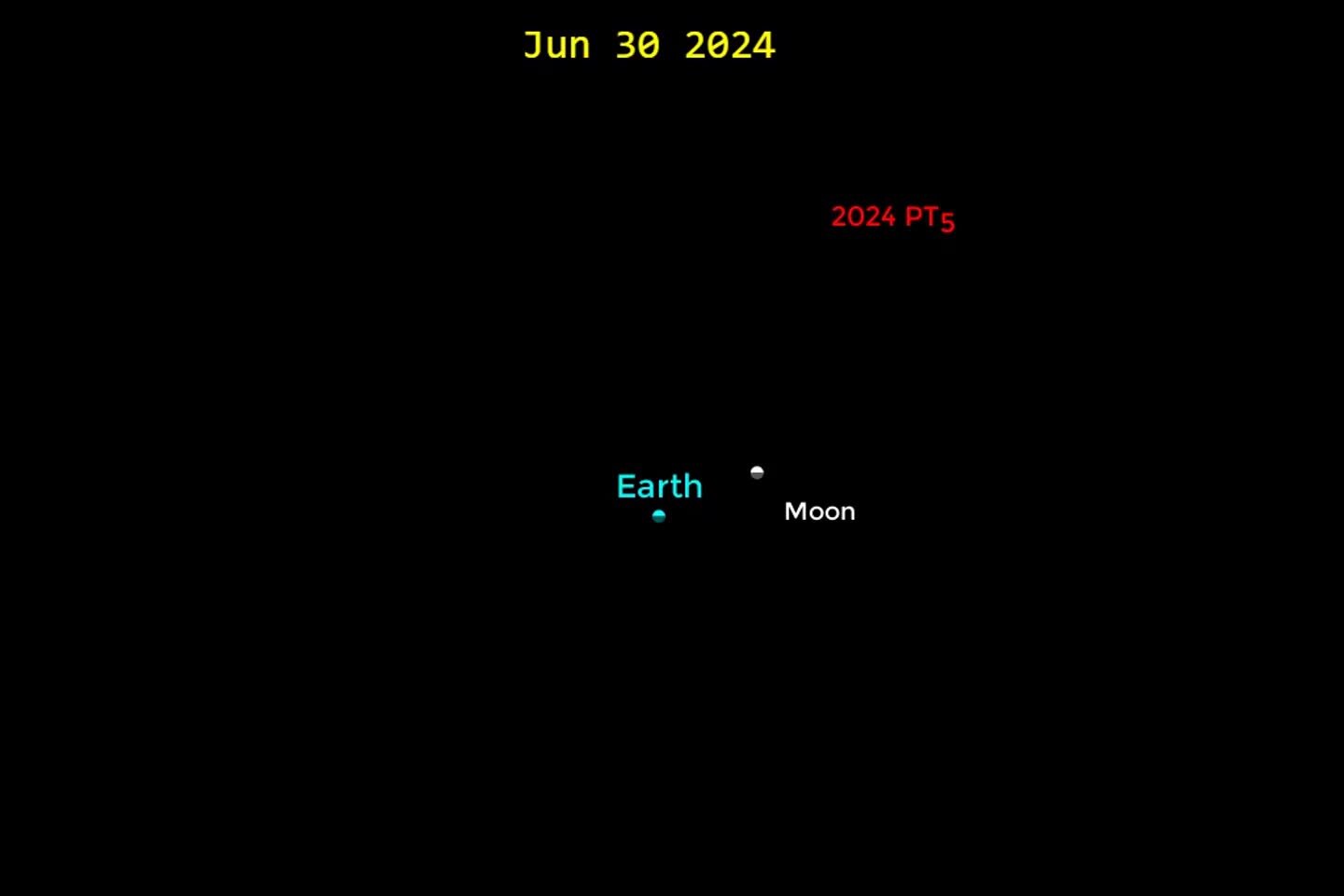Scientists think a small rock discovered near Earth last August was hurled into space by an ancient impact on the lunar surface.
For a few months last fall, a school-bus-size space rock named 2024 PT5 gained fame as Earth’s new “mini-moon.” Astronomers rushed to study the object while it was still close enough to Earth to observe in detail.
Now, one team has concluded that 2024 PT5 is a chunk of the real moon. The rock was most likely flung into space by an impact on the lunar surface that occurred sometime within the past tens of thousand years, according to a study published earlier this month in The Astrophysical Journal Letters.
This is the second time scientists have linked a near-Earth object to the moon, after a 2021 study identified the object 469219 Kamoʻoalewa as possibly lunar in origin. Taken together, the research reveals a population of exiled moon rocks, or “lunar ejecta,” that has remained hidden up until now.
“We knew that lunar ejecta were potentially hiding in these kinds of really near-Earth orbits,” said Teddy Kareta, a postdoctoral researcher at Lowell Observatory in Arizona who led the research.
Earth often encounters drifting objects, including asteroids or meteoroids, that can become temporary moons or “quasi-satellites.” Advanced observatories, such as the Asteroid Terrestrial-impact Last Alert System, or ATLAS, are designed to spot these fellow travelers, which are typically visible for only weeks or months.
